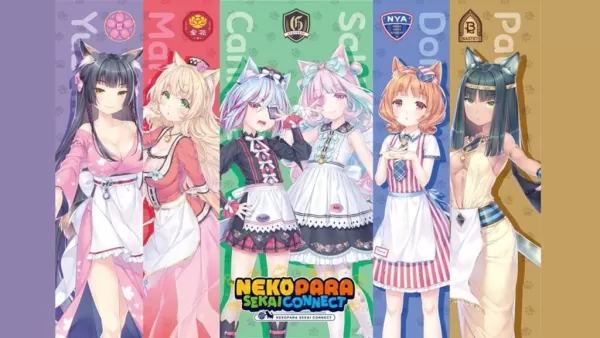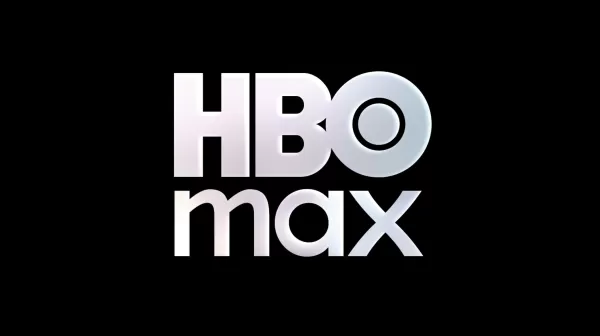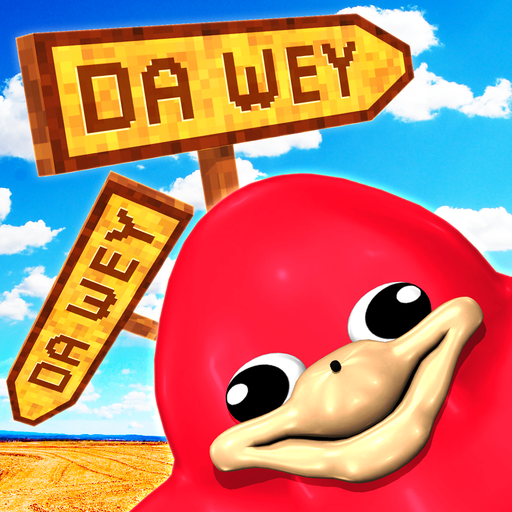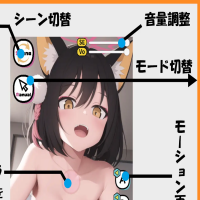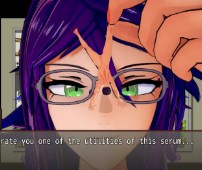Nintendo stands as a titan in the world of video games, renowned for its creativity and innovation in the console market. With a rich catalog of beloved intellectual properties that continue to captivate fans decades later, Nintendo's legacy is unparalleled. As the company gears up for the launch of the Nintendo Switch 2, it's a perfect moment to reflect on the journey that has defined the gaming giant's history.
Below, we've compiled a comprehensive list of every Nintendo console released to date. Dive into the evolution of gaming and see how Nintendo has continuously pushed the boundaries of the medium.
AnswerSee Results*Looking to save on a new Nintendo Switch or new titles for your system? Be sure to check out the best Nintendo deals available today.*How Many Nintendo Consoles Have There Been?
In total, 32 Nintendo consoles have been released throughout Nintendo's history. The Switch 2 will mark the 33rd console in this storied lineage. Our list includes various revision models for both home and handheld consoles, encompassing designations like XL and Mini.
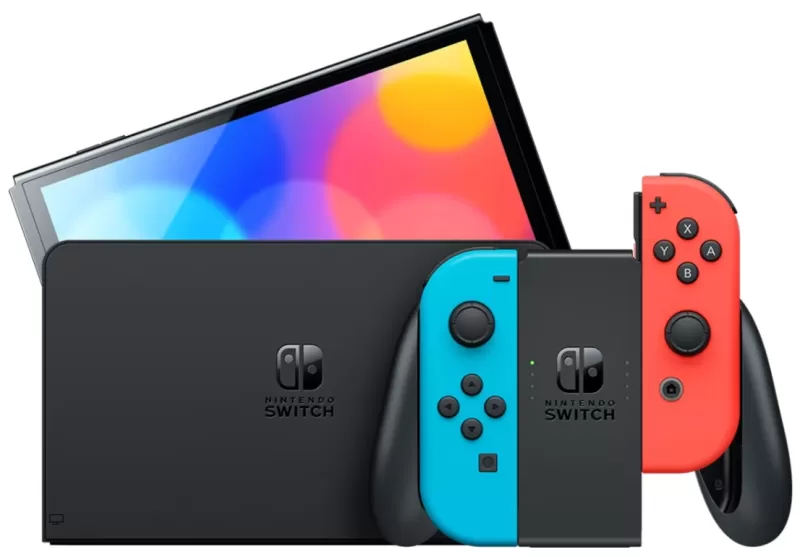 Latest Model### Nintendo Switch OLED (Neon Blue & Red)
Latest Model### Nintendo Switch OLED (Neon Blue & Red)
4See it at AmazonEvery Nintendo Console in Order of Release
Color TV-Game - June 1, 1977
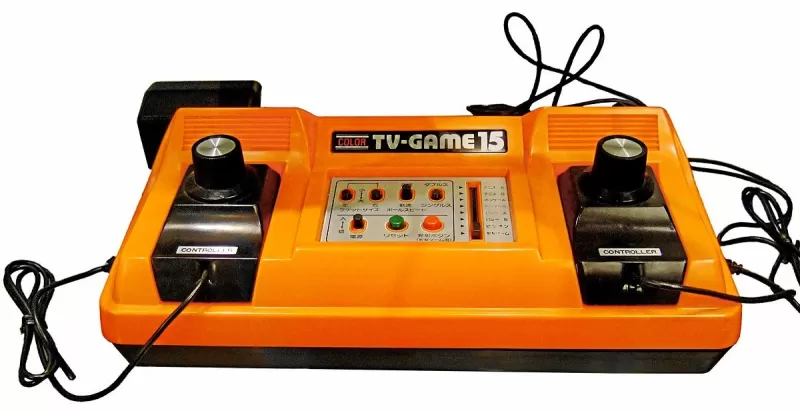 Nintendo's initial foray into gaming hardware was the Color TV-Game series, a collaborative effort with Mitsubishi Electronics. These systems were a smashing success at the time and set Nintendo on the path to further hardware development. Even today, the legacy of the Color TV-Game is evident as Nintendo continues to lead in the gaming industry.
Nintendo's initial foray into gaming hardware was the Color TV-Game series, a collaborative effort with Mitsubishi Electronics. These systems were a smashing success at the time and set Nintendo on the path to further hardware development. Even today, the legacy of the Color TV-Game is evident as Nintendo continues to lead in the gaming industry.
Game & Watch - April 28, 1980
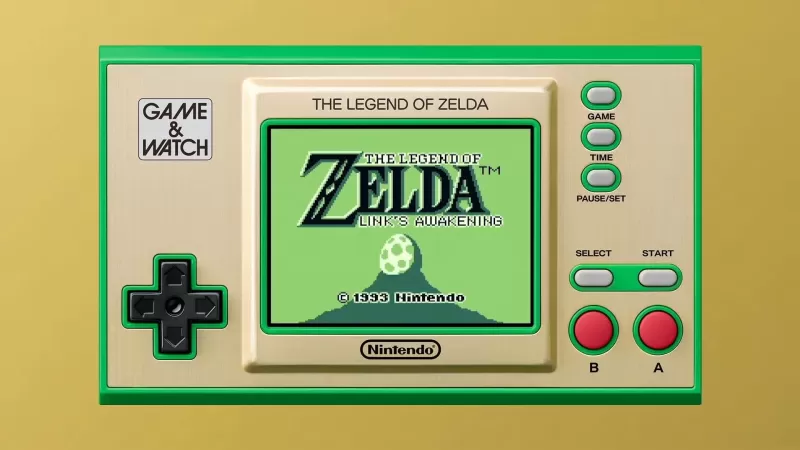 Entering the handheld market, Nintendo introduced the Game & Watch series, which sold over 40 million units worldwide. These devices introduced innovations like the D-Pad in the Donkey Kong model, which are still in use today. The series saw a revival with limited edition releases in 2020 and 2021 to celebrate the anniversaries of Mario and Zelda.
Entering the handheld market, Nintendo introduced the Game & Watch series, which sold over 40 million units worldwide. These devices introduced innovations like the D-Pad in the Donkey Kong model, which are still in use today. The series saw a revival with limited edition releases in 2020 and 2021 to celebrate the anniversaries of Mario and Zelda.
Nintendo Entertainment System - October 18, 1985
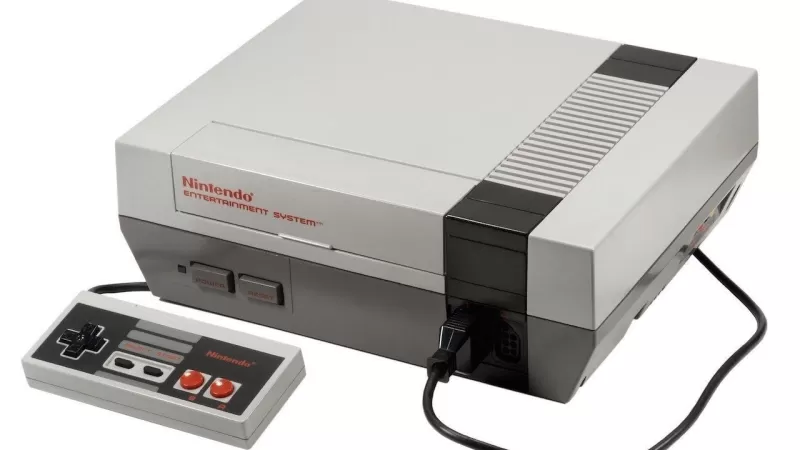 Known as the Family Computer (Famicom) in Japan, the Nintendo Entertainment System (NES) was Nintendo's first home console in North America. Utilizing cartridges, it enabled gamers to explore a vast array of titles, launching iconic franchises like Super Mario, The Legend of Zelda, and Metroid. The NES remains a cornerstone in video game history, setting the stage for future generations.
Known as the Family Computer (Famicom) in Japan, the Nintendo Entertainment System (NES) was Nintendo's first home console in North America. Utilizing cartridges, it enabled gamers to explore a vast array of titles, launching iconic franchises like Super Mario, The Legend of Zelda, and Metroid. The NES remains a cornerstone in video game history, setting the stage for future generations.
Game Boy - July 31, 1989
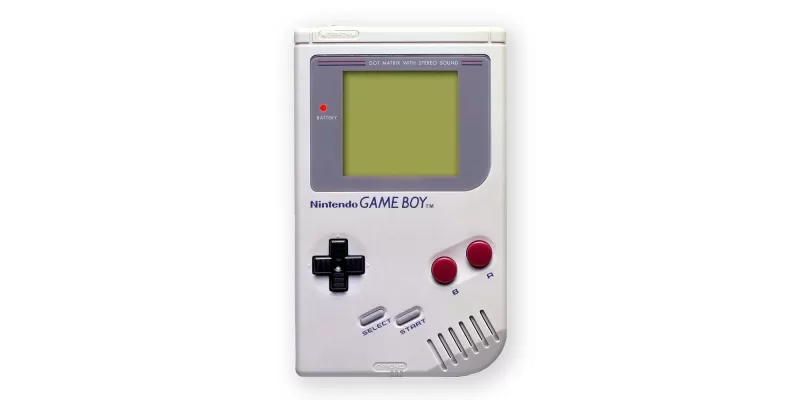 Marking Nintendo's first true handheld console, the Game Boy debuted in North America during the summer of 1989. It offered cartridge-based gaming, significantly expanding the gaming options available on the go. Tetris, bundled with the system in most regions except Japan, became synonymous with the Game Boy's success.
Marking Nintendo's first true handheld console, the Game Boy debuted in North America during the summer of 1989. It offered cartridge-based gaming, significantly expanding the gaming options available on the go. Tetris, bundled with the system in most regions except Japan, became synonymous with the Game Boy's success.
Super Nintendo Entertainment System - August 23, 1991
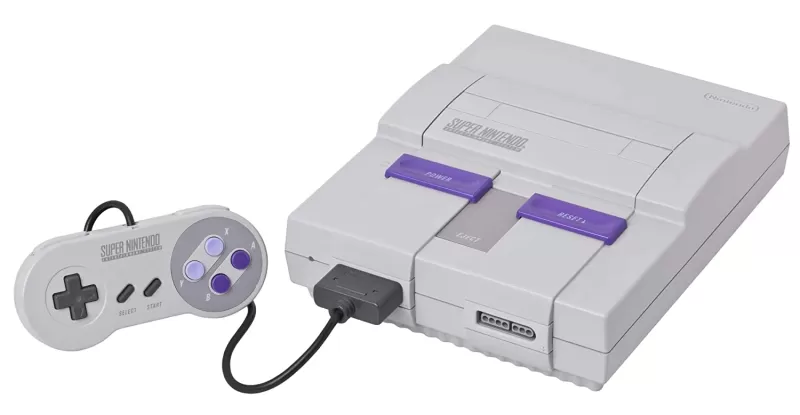 Introducing 16-bit graphics to Nintendo's platform, the Super Nintendo Entertainment System (SNES) showcased major evolutions in beloved series with titles like Super Mario World and Donkey Kong Country. Despite its late entry into the console generation, the SNES became the best-selling console of its time due to its exceptional software lineup and wide appeal.
Introducing 16-bit graphics to Nintendo's platform, the Super Nintendo Entertainment System (SNES) showcased major evolutions in beloved series with titles like Super Mario World and Donkey Kong Country. Despite its late entry into the console generation, the SNES became the best-selling console of its time due to its exceptional software lineup and wide appeal.
Virtual Boy - August 14, 1995
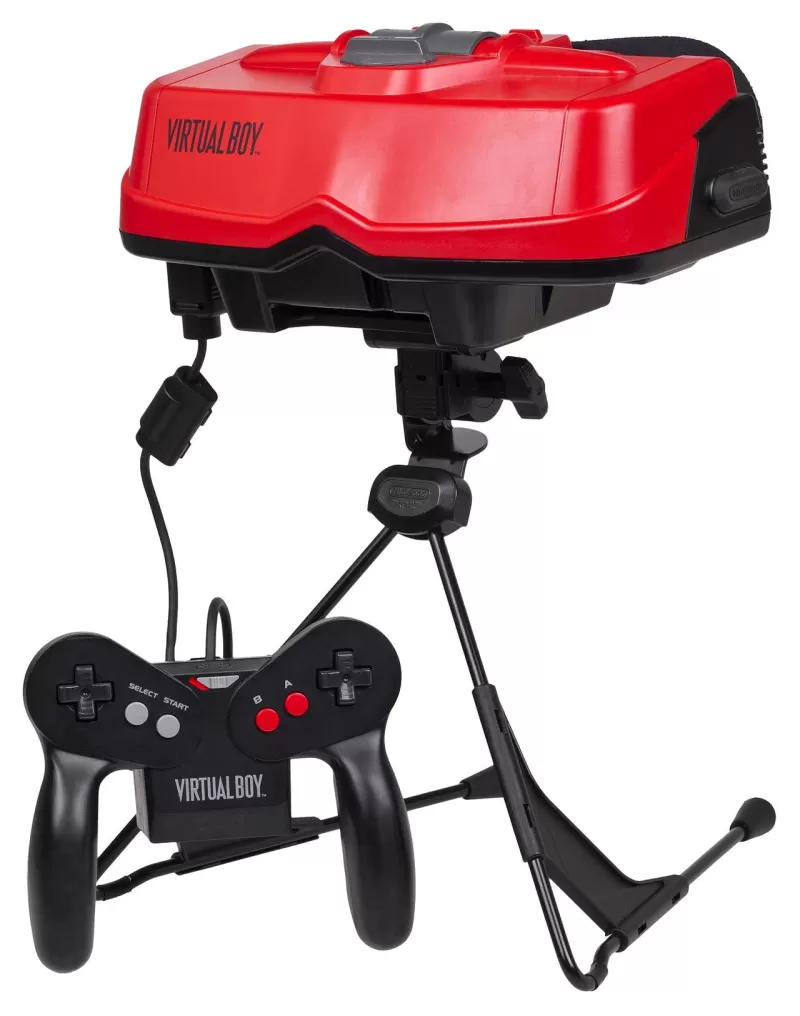 One of Nintendo's most unique consoles, the Virtual Boy was the first to offer 3D visuals without the need for glasses. Although it only saw 22 game releases, including notable titles like Mario's Tennis and Virtual Boy Wario Land, it was discontinued after just one year, selling nearly 800,000 units.
One of Nintendo's most unique consoles, the Virtual Boy was the first to offer 3D visuals without the need for glasses. Although it only saw 22 game releases, including notable titles like Mario's Tennis and Virtual Boy Wario Land, it was discontinued after just one year, selling nearly 800,000 units.
Game Boy Pocket - September 3, 1996
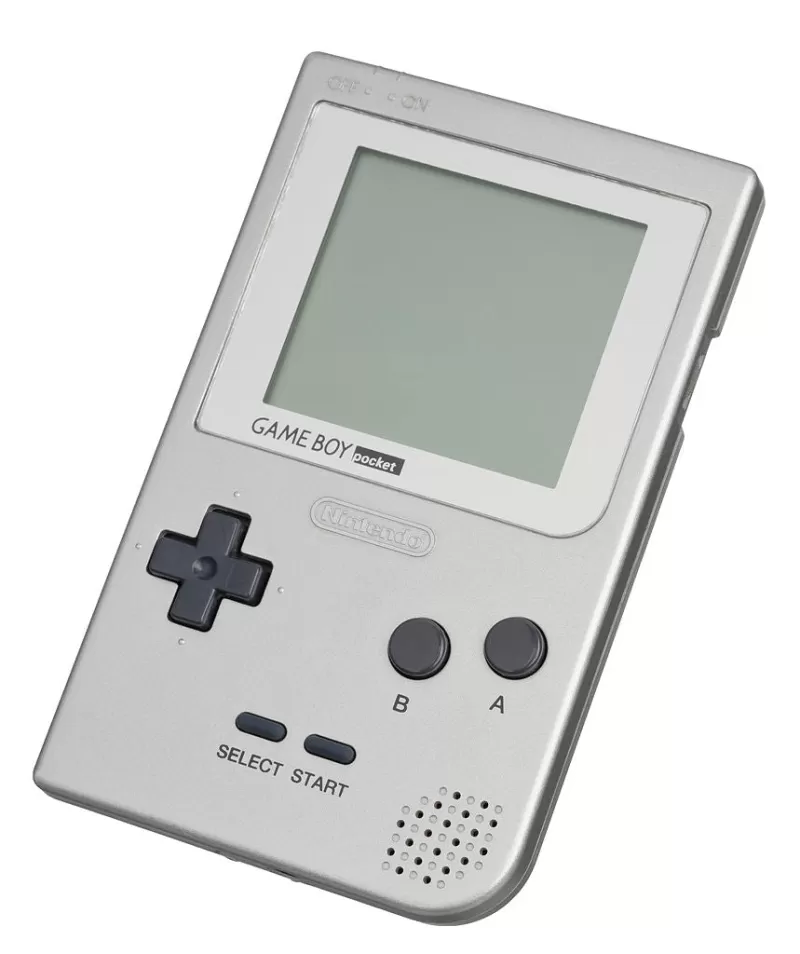 A smaller version of the original Game Boy, the Game Boy Pocket featured an improved black-and-white screen and faster response times. However, its compact design came at the cost of a shorter battery life compared to its predecessor.
A smaller version of the original Game Boy, the Game Boy Pocket featured an improved black-and-white screen and faster response times. However, its compact design came at the cost of a shorter battery life compared to its predecessor.
Nintendo 64 - September 29, 1996
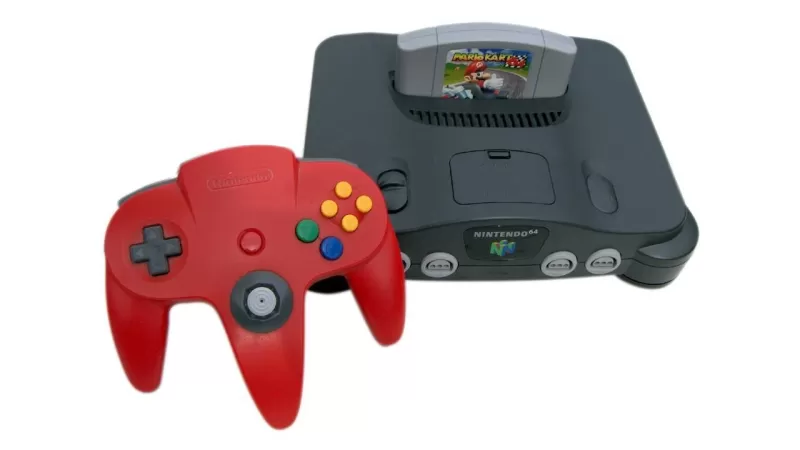 Launching 3D graphics on a Nintendo home console, the Nintendo 64 introduced groundbreaking titles like Super Mario 64 and The Legend of Zelda: Ocarina of Time. Its innovative controller with an analog stick revolutionized gameplay, and Nintendo released various special edition models, including translucent variants.
Launching 3D graphics on a Nintendo home console, the Nintendo 64 introduced groundbreaking titles like Super Mario 64 and The Legend of Zelda: Ocarina of Time. Its innovative controller with an analog stick revolutionized gameplay, and Nintendo released various special edition models, including translucent variants.
Game Boy Light - April 14, 1998
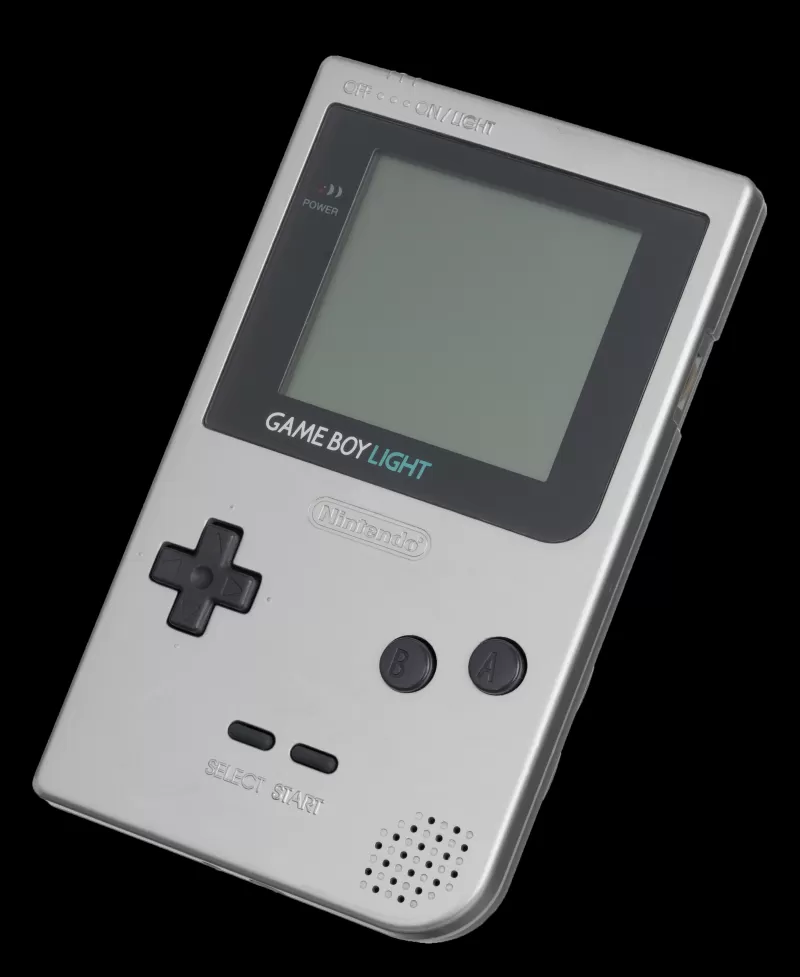 Exclusive to Japan, the Game Boy Light was larger than the Game Boy Pocket but included a backlight for enhanced visibility in low-light conditions. It boasted a longer battery life, offering around 20 hours of gameplay.
Exclusive to Japan, the Game Boy Light was larger than the Game Boy Pocket but included a backlight for enhanced visibility in low-light conditions. It boasted a longer battery life, offering around 20 hours of gameplay.
Game Boy Color - November 18, 1998
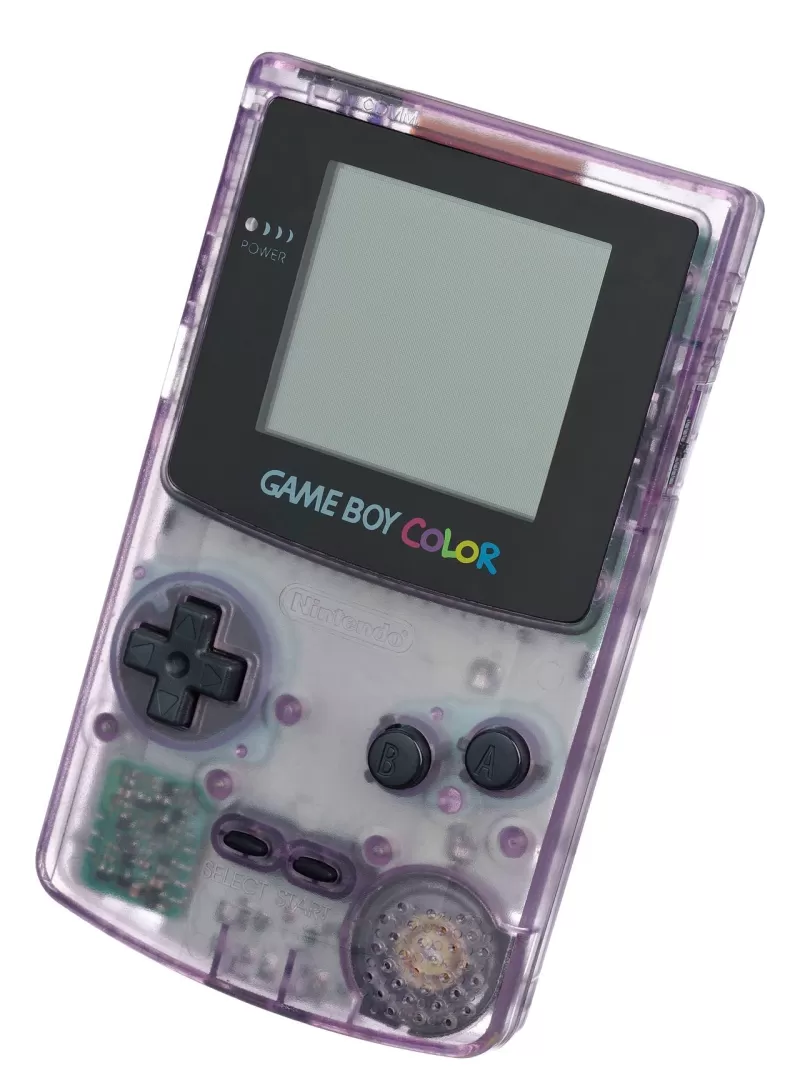 Bringing color to handheld gaming, the Game Boy Color was backward compatible with all Game Boy games. Some existing titles, like Tetris, were enhanced with vibrant colors, and the new hardware supported hundreds of exclusive games.
Bringing color to handheld gaming, the Game Boy Color was backward compatible with all Game Boy games. Some existing titles, like Tetris, were enhanced with vibrant colors, and the new hardware supported hundreds of exclusive games.
Game Boy Advance - June 11, 2001
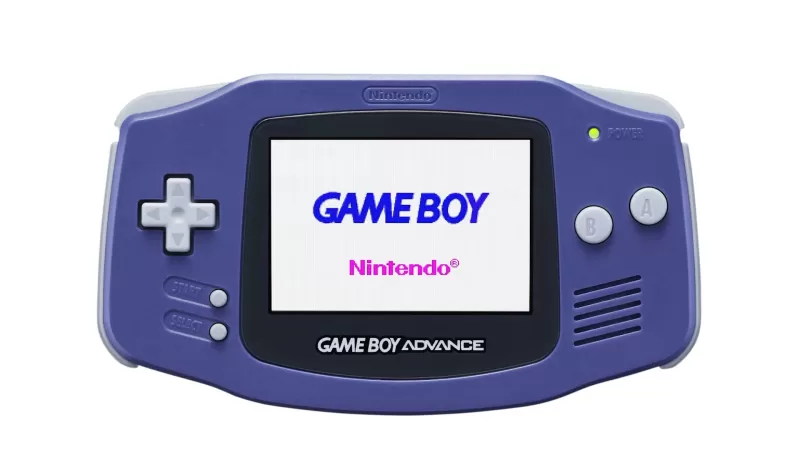 A significant leap forward, the Game Boy Advance (GBA) introduced a horizontal, rectangular design and 16-bit graphics. With backward compatibility for Game Boy and Game Boy Color titles, the GBA offered thousands of games, marking a new era in handheld gaming.
A significant leap forward, the Game Boy Advance (GBA) introduced a horizontal, rectangular design and 16-bit graphics. With backward compatibility for Game Boy and Game Boy Color titles, the GBA offered thousands of games, marking a new era in handheld gaming.
Pokémon mini - November 16, 2001
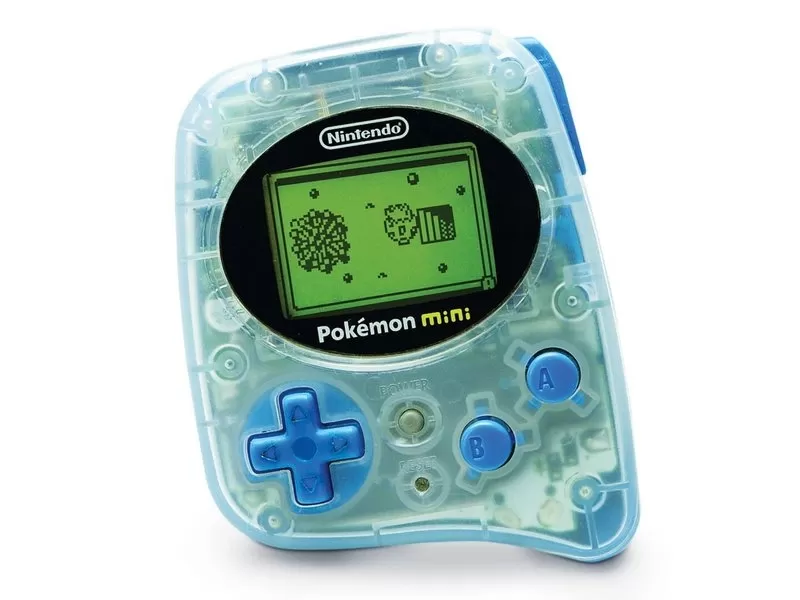 Image Credit: GamesRadarThe Pokémon mini was a tiny handheld focused exclusively on Pokémon games. With only 10 games released, including just four in North America, it featured unique elements like a built-in clock, infrared communication, and rumble functionality.
Image Credit: GamesRadarThe Pokémon mini was a tiny handheld focused exclusively on Pokémon games. With only 10 games released, including just four in North America, it featured unique elements like a built-in clock, infrared communication, and rumble functionality.
Nintendo GameCube - November 18, 2001
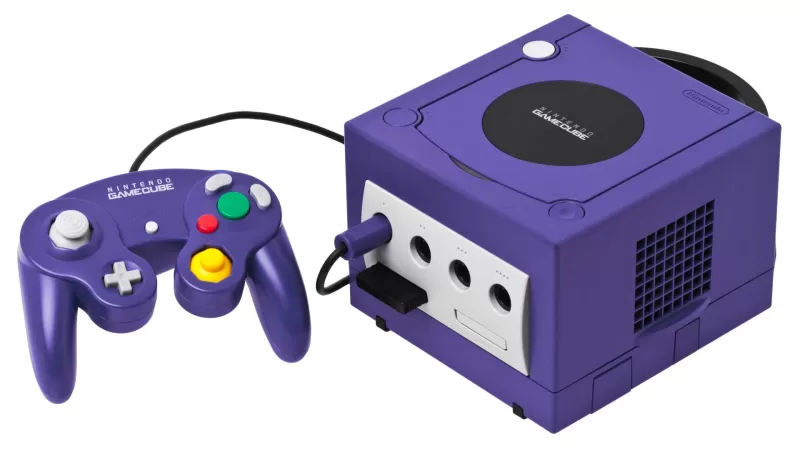 Building on the success of the Nintendo 64, the GameCube offered sequels to beloved titles such as Super Mario Sunshine and The Legend of Zelda: Wind Waker. Transitioning to disc-based media, it introduced a refined controller with rumble and analog/digital triggers. Many franchises that debuted on the GameCube, like Animal Crossing, remain popular today.
Building on the success of the Nintendo 64, the GameCube offered sequels to beloved titles such as Super Mario Sunshine and The Legend of Zelda: Wind Waker. Transitioning to disc-based media, it introduced a refined controller with rumble and analog/digital triggers. Many franchises that debuted on the GameCube, like Animal Crossing, remain popular today.
Panasonic Q - December 14, 2001
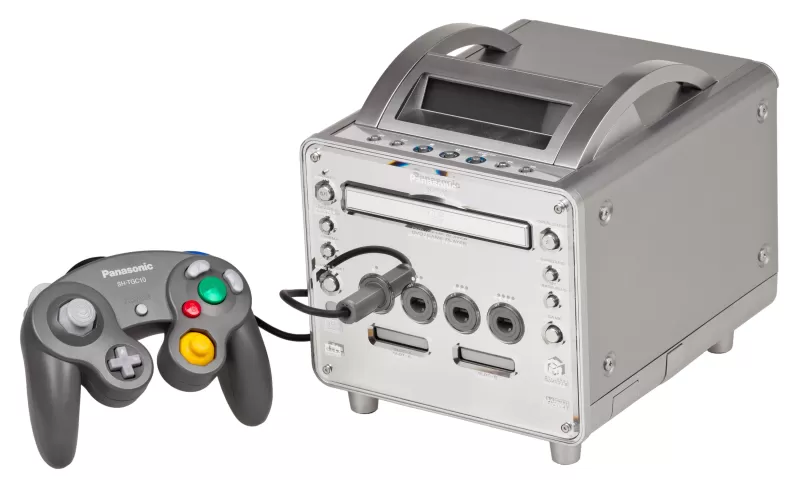 A collaboration with Panasonic, the Panasonic Q combined a GameCube with a DVD player. Its sleek stainless steel design and front LCD panel were unique, but its high price led to its discontinuation after two years.
A collaboration with Panasonic, the Panasonic Q combined a GameCube with a DVD player. Its sleek stainless steel design and front LCD panel were unique, but its high price led to its discontinuation after two years.
Game Boy Advance SP - March 23, 2003
 A revision of the Game Boy Advance, the Game Boy Advance SP featured a hinged design, a rechargeable battery, and a backlit screen in later models. The omission of a headphone jack was mitigated by an adapter for audio playback.
A revision of the Game Boy Advance, the Game Boy Advance SP featured a hinged design, a rechargeable battery, and a backlit screen in later models. The omission of a headphone jack was mitigated by an adapter for audio playback.
Nintendo DS - November 21, 2004
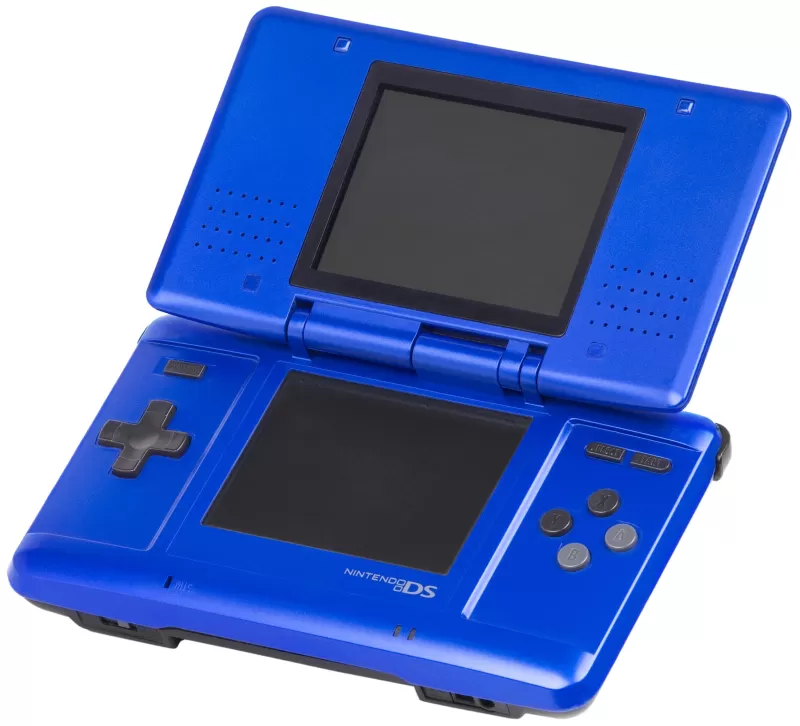 Launching the best-selling DS line, the Nintendo DS introduced Wi-Fi connectivity and a unique clamshell design with two screens, including a touchscreen. This design enabled innovative gaming experiences that set it apart from competitors.
Launching the best-selling DS line, the Nintendo DS introduced Wi-Fi connectivity and a unique clamshell design with two screens, including a touchscreen. This design enabled innovative gaming experiences that set it apart from competitors.
Game Boy Micro - September 19, 2005
 Revealed at E3 2005, the Game Boy Micro's compact size was a highlight. Backward compatible with Game Boy and Game Boy Color games, it featured a backlit screen with adjustable brightness. Despite its popularity, it was discontinued after selling 2.42 million units over 18 months.
Revealed at E3 2005, the Game Boy Micro's compact size was a highlight. Backward compatible with Game Boy and Game Boy Color games, it featured a backlit screen with adjustable brightness. Despite its popularity, it was discontinued after selling 2.42 million units over 18 months.
Nintendo DS Lite - June 11, 2006
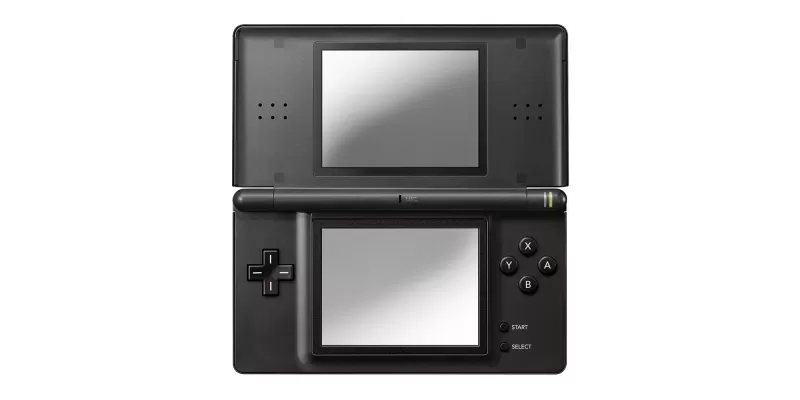 A slimmer, lighter revision of the Nintendo DS, the DS Lite offered brighter screens and improved battery life. These enhancements made gaming more enjoyable in various lighting conditions.
A slimmer, lighter revision of the Nintendo DS, the DS Lite offered brighter screens and improved battery life. These enhancements made gaming more enjoyable in various lighting conditions.
Nintendo Wii - November 19, 2006
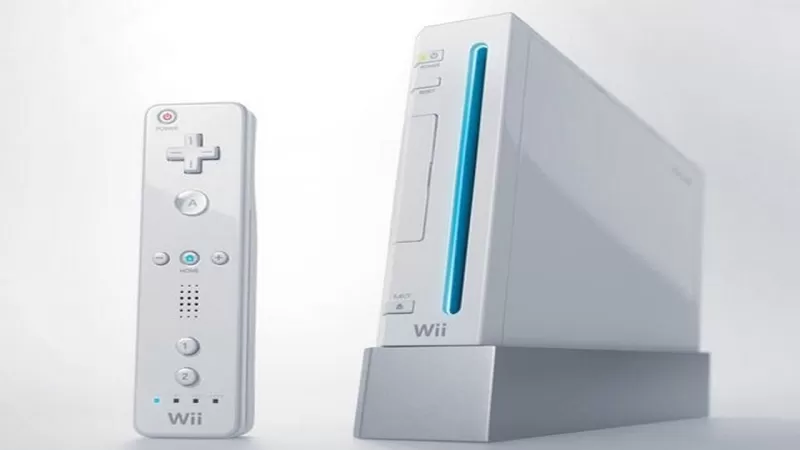 Reviving Nintendo's home console market, the Wii introduced motion controls via the Wii Remote, which used infrared and digital technology. Accessories like the Nunchuk and Wii MotionPlus expanded gameplay possibilities. Backward compatible with GameCube games and controllers, the Wii also featured the Virtual Console for digital downloads of classic titles.
Reviving Nintendo's home console market, the Wii introduced motion controls via the Wii Remote, which used infrared and digital technology. Accessories like the Nunchuk and Wii MotionPlus expanded gameplay possibilities. Backward compatible with GameCube games and controllers, the Wii also featured the Virtual Console for digital downloads of classic titles.
Nintendo DSi - November 1, 2008
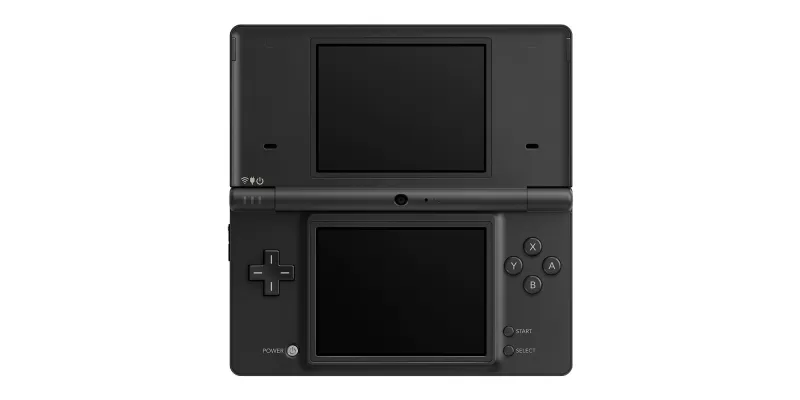 As a revision of the Nintendo DS, the DSi added cameras and an SD card slot for additional storage. However, it removed the Game Boy Advance slot found in previous models.
As a revision of the Nintendo DS, the DSi added cameras and an SD card slot for additional storage. However, it removed the Game Boy Advance slot found in previous models.
Nintendo DSi XL - November 21, 2009
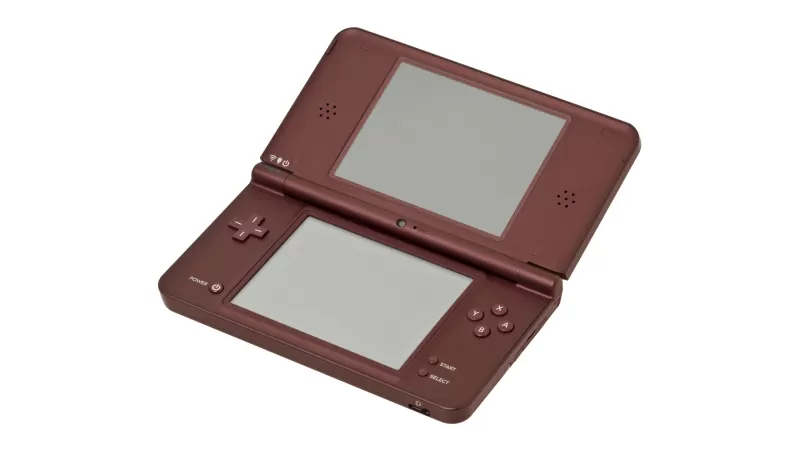 A larger version of the DSi, the DSi XL offered wider screens and improved audio through dual speakers. Its larger battery also provided extended playtime, enhancing the gaming experience.
A larger version of the DSi, the DSi XL offered wider screens and improved audio through dual speakers. Its larger battery also provided extended playtime, enhancing the gaming experience.
Nintendo 3DS - March 27, 2011
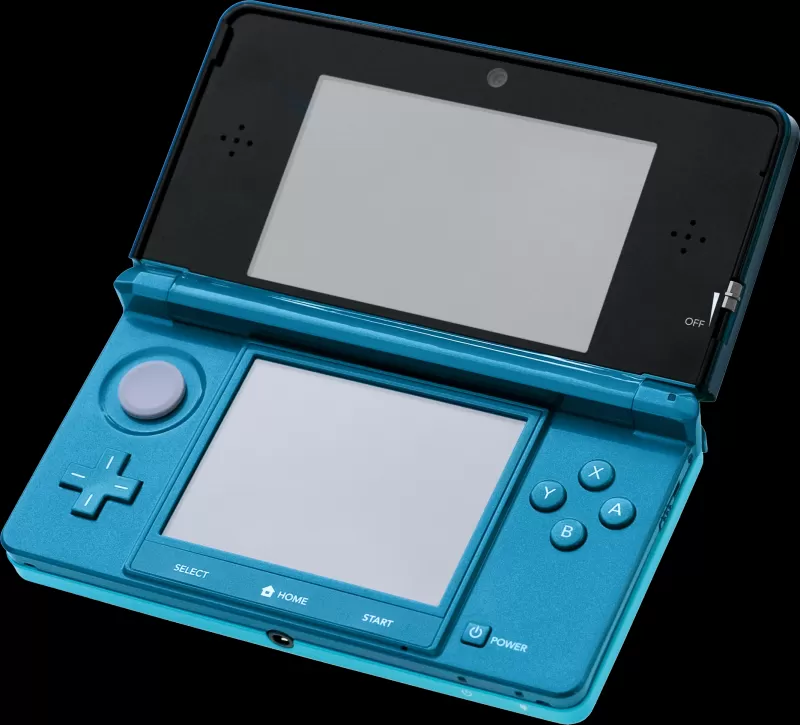 Successor to the DS line, the Nintendo 3DS introduced stereoscopic 3D visuals without glasses. Featuring titles like The Legend of Zelda: A Link Between Worlds and Super Mario 3D Land, it was a significant upgrade over its predecessor.
Successor to the DS line, the Nintendo 3DS introduced stereoscopic 3D visuals without glasses. Featuring titles like The Legend of Zelda: A Link Between Worlds and Super Mario 3D Land, it was a significant upgrade over its predecessor.
Nintendo 3DS XL - August 19, 2012
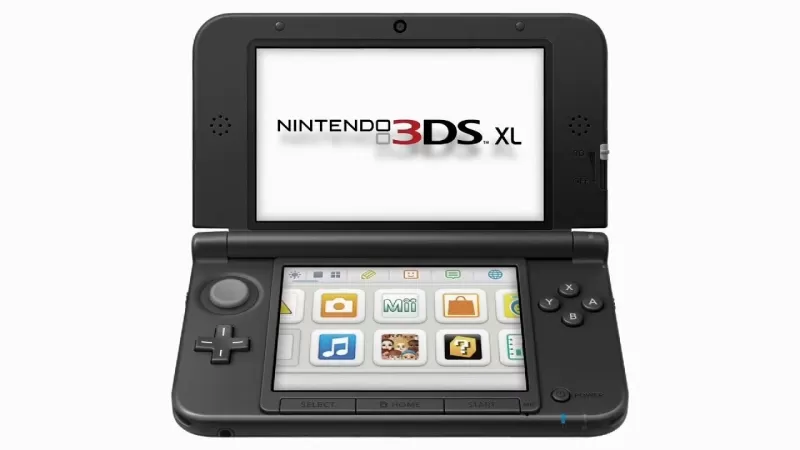 Offering a 90% larger screen than the original 3DS, the 3DS XL retained all the features of the standard model while enhancing the visual experience, particularly on the bottom touchscreen.
Offering a 90% larger screen than the original 3DS, the 3DS XL retained all the features of the standard model while enhancing the visual experience, particularly on the bottom touchscreen.
Nintendo Wii U - November 18, 2012
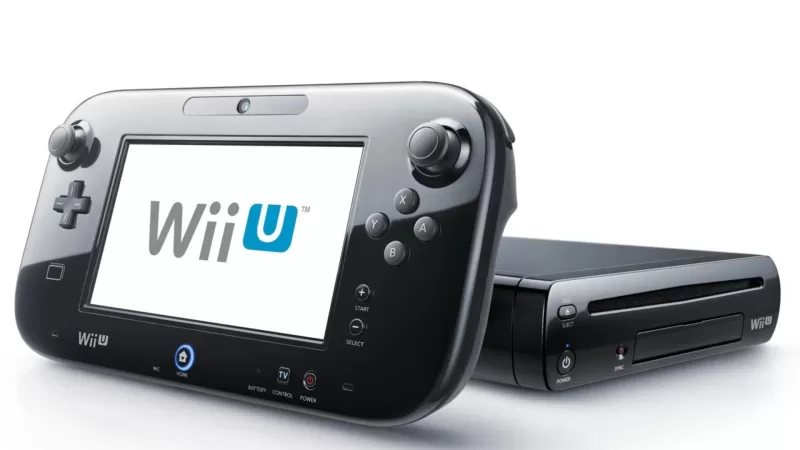 Following the Wii, the Wii U introduced the GamePad controller with a built-in screen for off-TV play. Supporting HD graphics and backward compatible with Wii games, it featured standout titles like Xenoblade Chronicles X and Super Mario 3D World. Despite its innovative features, poor marketing led to lower sales.
Following the Wii, the Wii U introduced the GamePad controller with a built-in screen for off-TV play. Supporting HD graphics and backward compatible with Wii games, it featured standout titles like Xenoblade Chronicles X and Super Mario 3D World. Despite its innovative features, poor marketing led to lower sales.
Nintendo Wii Mini - December 7, 2012
 Released at the end of the Wii's lifecycle, the Wii Mini was a smaller, lighter version without GameCube support, Wi-Fi, or 480p resolution. It was launched in Canada and later in Europe and the United States.
Released at the end of the Wii's lifecycle, the Wii Mini was a smaller, lighter version without GameCube support, Wi-Fi, or 480p resolution. It was launched in Canada and later in Europe and the United States.
Nintendo 2DS - October 12, 2013
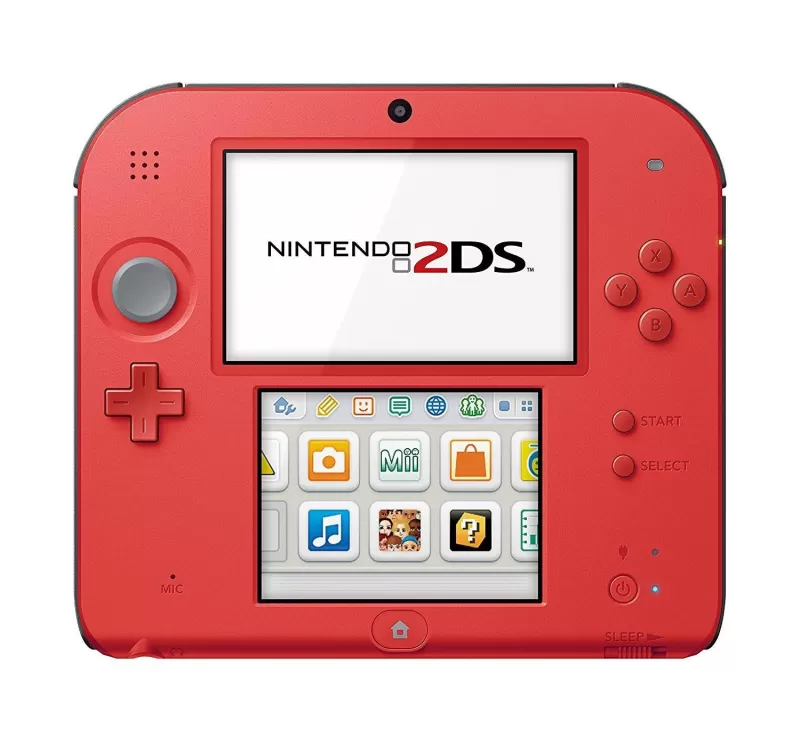 Offering 2D gameplay, the Nintendo 2DS removed the 3D capability of the 3DS but maintained all other features. Its square design and lower price point made it an attractive entry-level option, despite the reduced sound quality from a mono speaker.
Offering 2D gameplay, the Nintendo 2DS removed the 3D capability of the 3DS but maintained all other features. Its square design and lower price point made it an attractive entry-level option, despite the reduced sound quality from a mono speaker.
New Nintendo 3DS - October 11, 2014
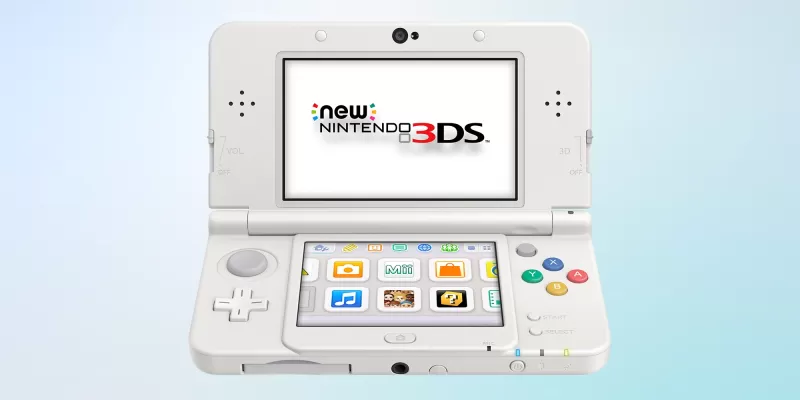 Enhancing the original 3DS, the New Nintendo 3DS added new controls like the C-Stick and ZR/ZL buttons, as well as NFC support for amiibo. It was released in various regions over the course of a year.
Enhancing the original 3DS, the New Nintendo 3DS added new controls like the C-Stick and ZR/ZL buttons, as well as NFC support for amiibo. It was released in various regions over the course of a year.
New Nintendo 3DS XL - February 13, 2015
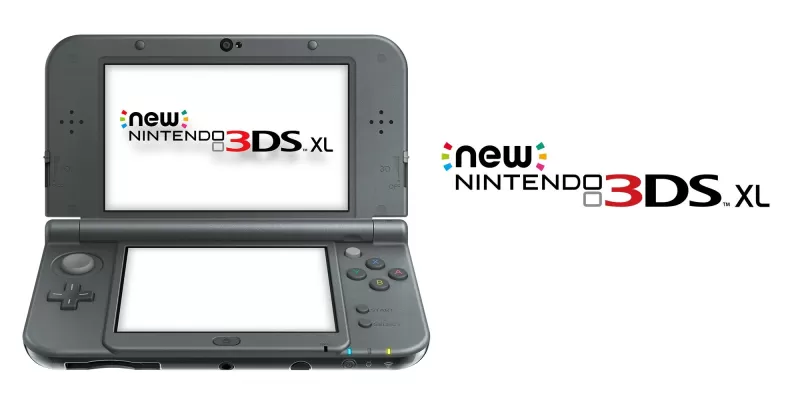 With even larger screens than the New 3DS, the New 3DS XL offered a more immersive gaming experience. It removed the ability to change face plates but provided numerous special editions.
With even larger screens than the New 3DS, the New 3DS XL offered a more immersive gaming experience. It removed the ability to change face plates but provided numerous special editions.
Nintendo Switch - March 3, 2017
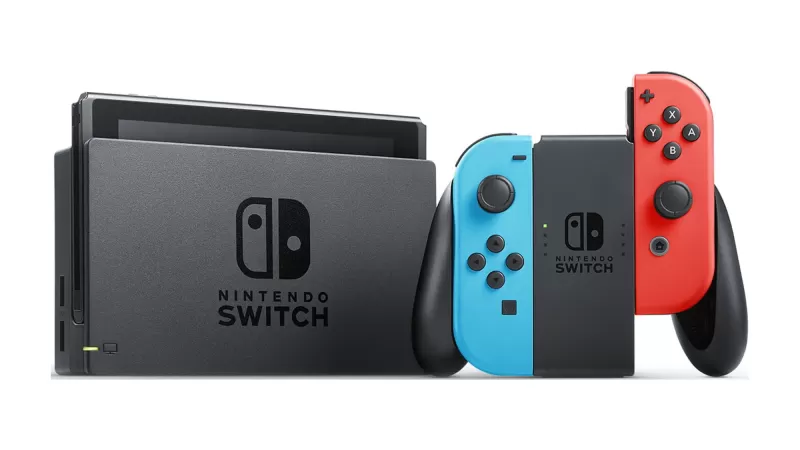 Realizing the vision of the Wii U, the Nintendo Switch revolutionized gaming by combining home and portable play. Its robust first-party library and special edition releases have cemented its place at the top of the industry.
Realizing the vision of the Wii U, the Nintendo Switch revolutionized gaming by combining home and portable play. Its robust first-party library and special edition releases have cemented its place at the top of the industry.
New Nintendo 2DS XL - July 28, 2017
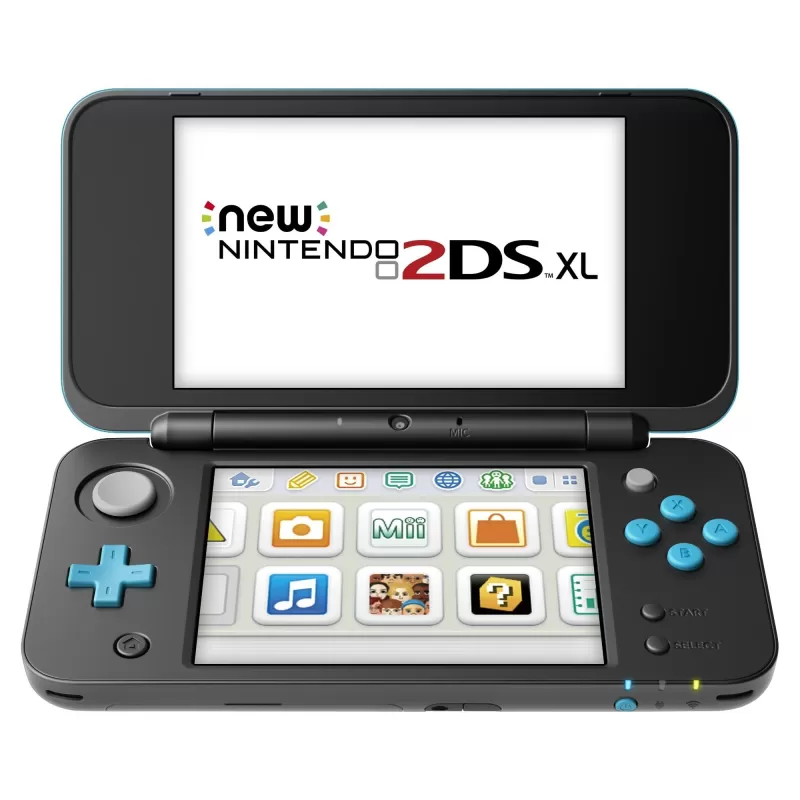 An update to the 2DS, the New 2DS XL added an analog stick, shoulder buttons, and amiibo support. It reverted to the clamshell design and could play New 3DS titles, enhancing its gaming capabilities.
An update to the 2DS, the New 2DS XL added an analog stick, shoulder buttons, and amiibo support. It reverted to the clamshell design and could play New 3DS titles, enhancing its gaming capabilities.
Nintendo Switch Lite - September 20, 2019
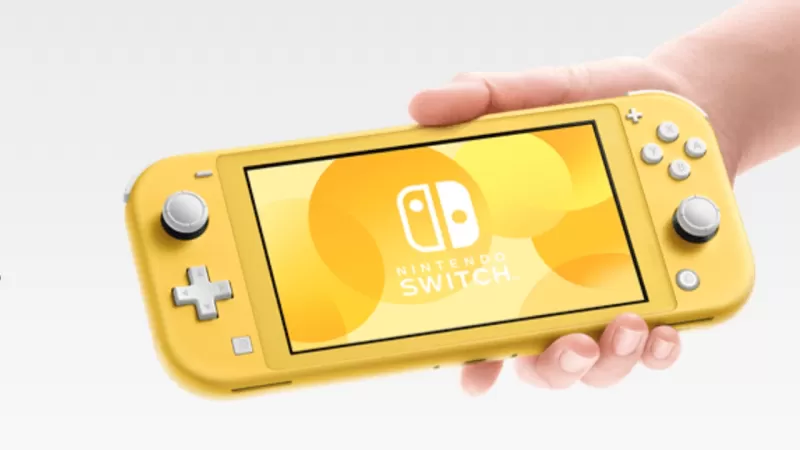 A more compact version of the Switch, the Switch Lite featured built-in controllers and a smaller 5.5-inch LCD screen. Designed exclusively for handheld play, it was priced $100 less than the original Switch.
A more compact version of the Switch, the Switch Lite featured built-in controllers and a smaller 5.5-inch LCD screen. Designed exclusively for handheld play, it was priced $100 less than the original Switch.
Nintendo Switch OLED model - October 8, 2021
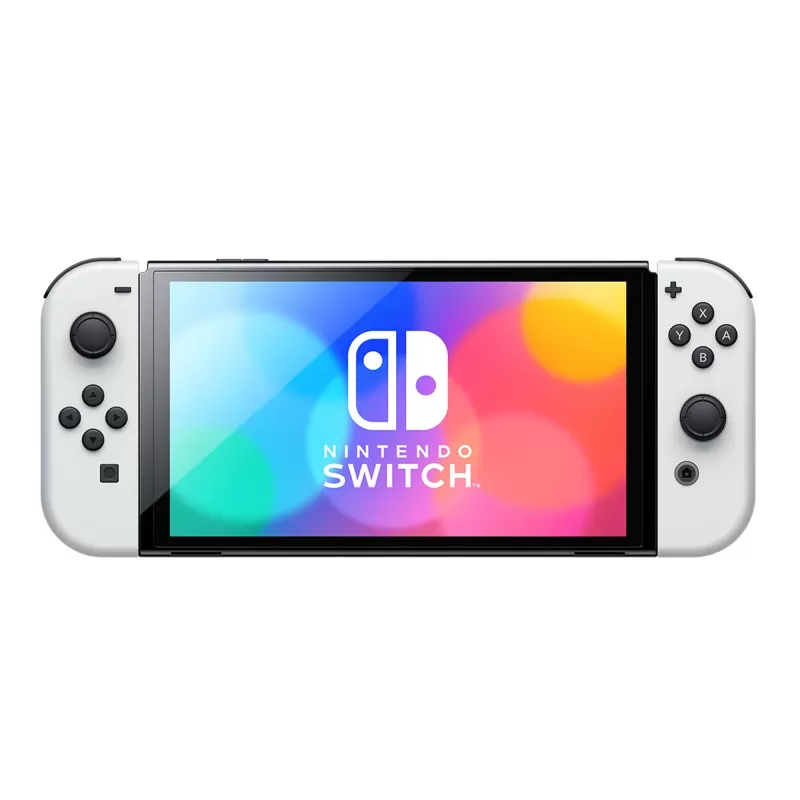 Debuting alongside Metroid Dread, the Switch OLED model offered a larger 7-inch OLED screen, enhanced speakers, and a redesigned kickstand. It came with a new dock featuring rounded corners and a built-in LAN port.
Debuting alongside Metroid Dread, the Switch OLED model offered a larger 7-inch OLED screen, enhanced speakers, and a redesigned kickstand. It came with a new dock featuring rounded corners and a built-in LAN port.
Upcoming Nintendo Consoles
After an extended period of speculation, Nintendo has officially unveiled the Switch 2. The reveal trailer showcases a new method for attaching Joy-Cons, a larger screen, and an additional USB-C port. It also suggests using Joy-Con as a mouse, a feature that could be integrated into upcoming titles. The trailer hints at a new Mario Kart game supporting 24 players and confirms "mostly" backward compatibility, ensuring support for both physical and digital games.Analysts estimate the Switch 2 will be priced around $400. Based on the trailer, we've gathered all the known details, but more information, including a release date, is expected during a Nintendo Direct scheduled for April 2.
AnswerSee Results

